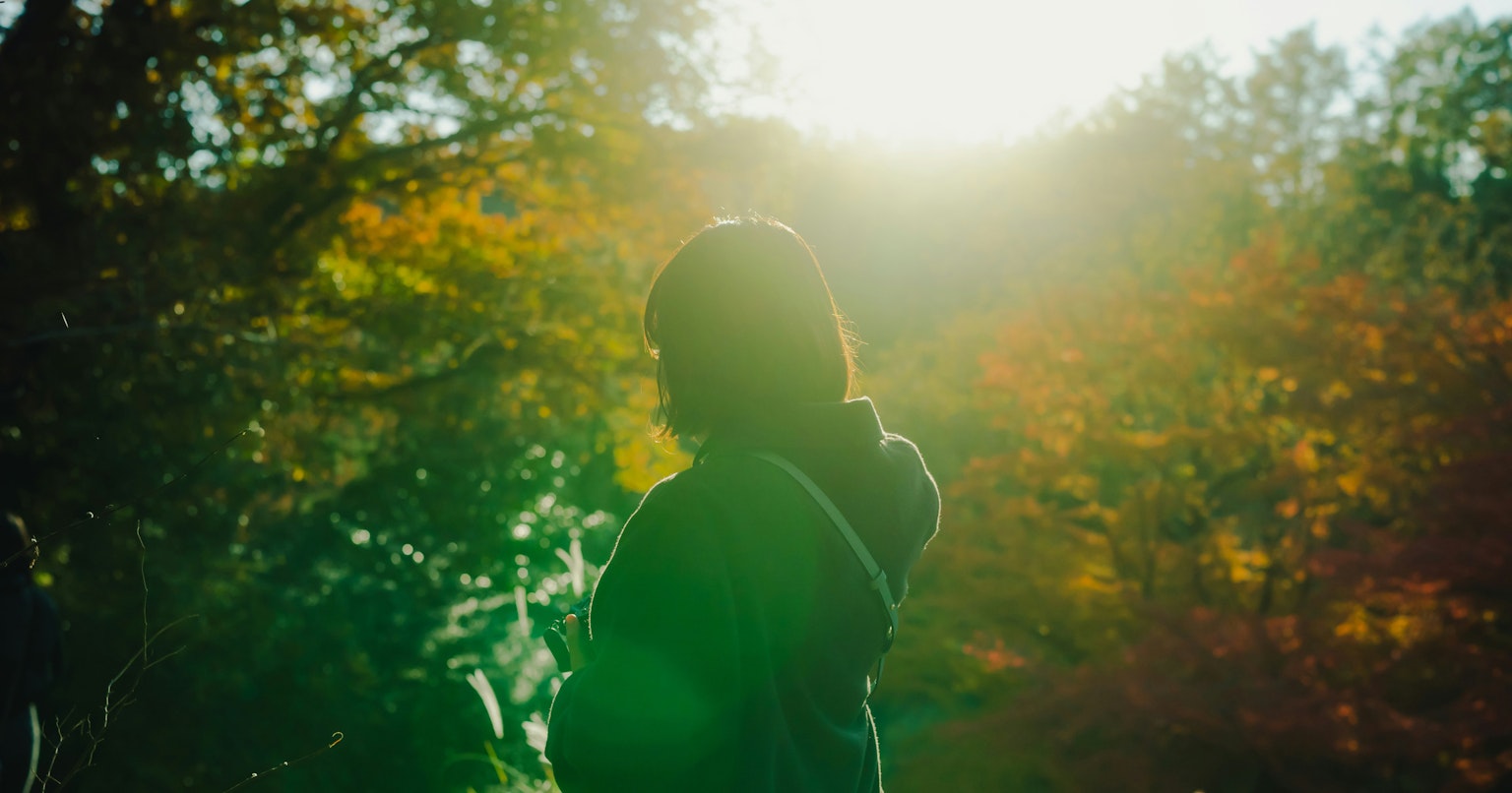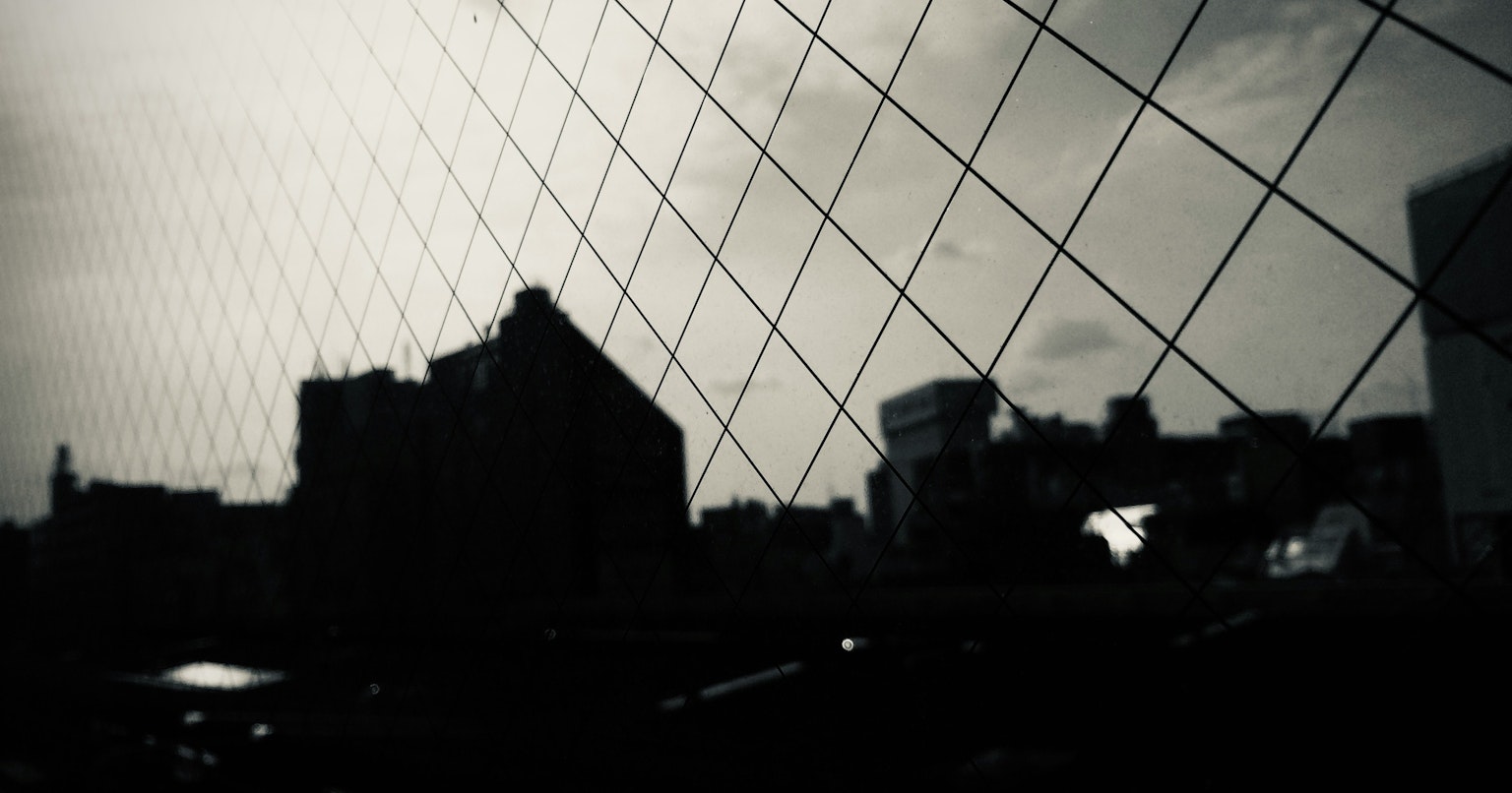Did You Know Camera Flashes Originally Used Gunpowder? The Evolution from Flash Powder to Strobes | Knowledge #391
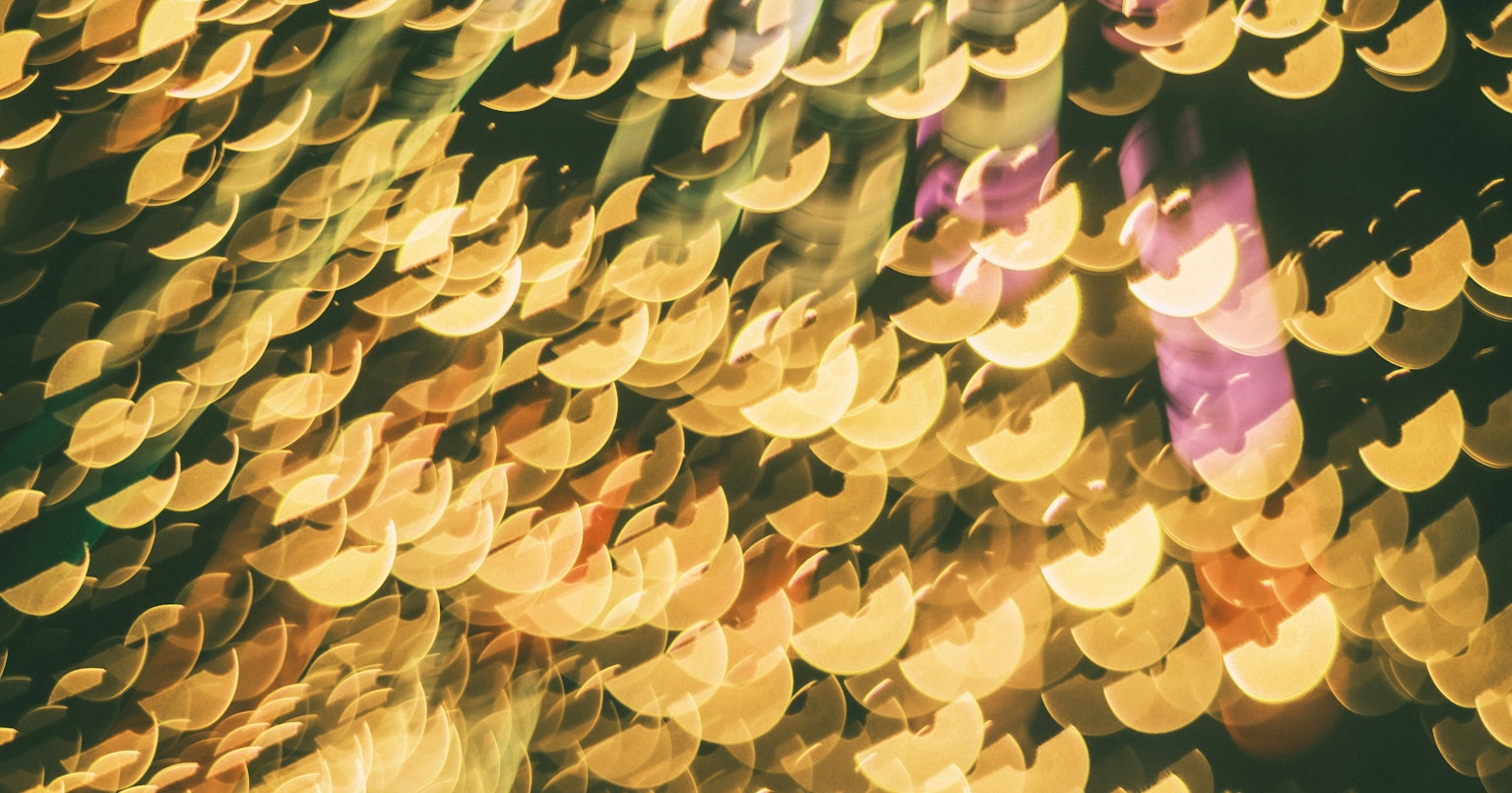
Cover photo by tk
The camera flash we use so casually today has surprising origins rooted in something akin to gunpowder. Before the advent of modern strobes, photography relied on fire to create light—an explosive and dramatic method.
This article traces the evolution of flash technology, from flash powder resembling gunpowder to electrically ignited flashbulbs and finally to the safe, reusable electronic strobes we use today, exploring its history, chemistry, and practical applications.
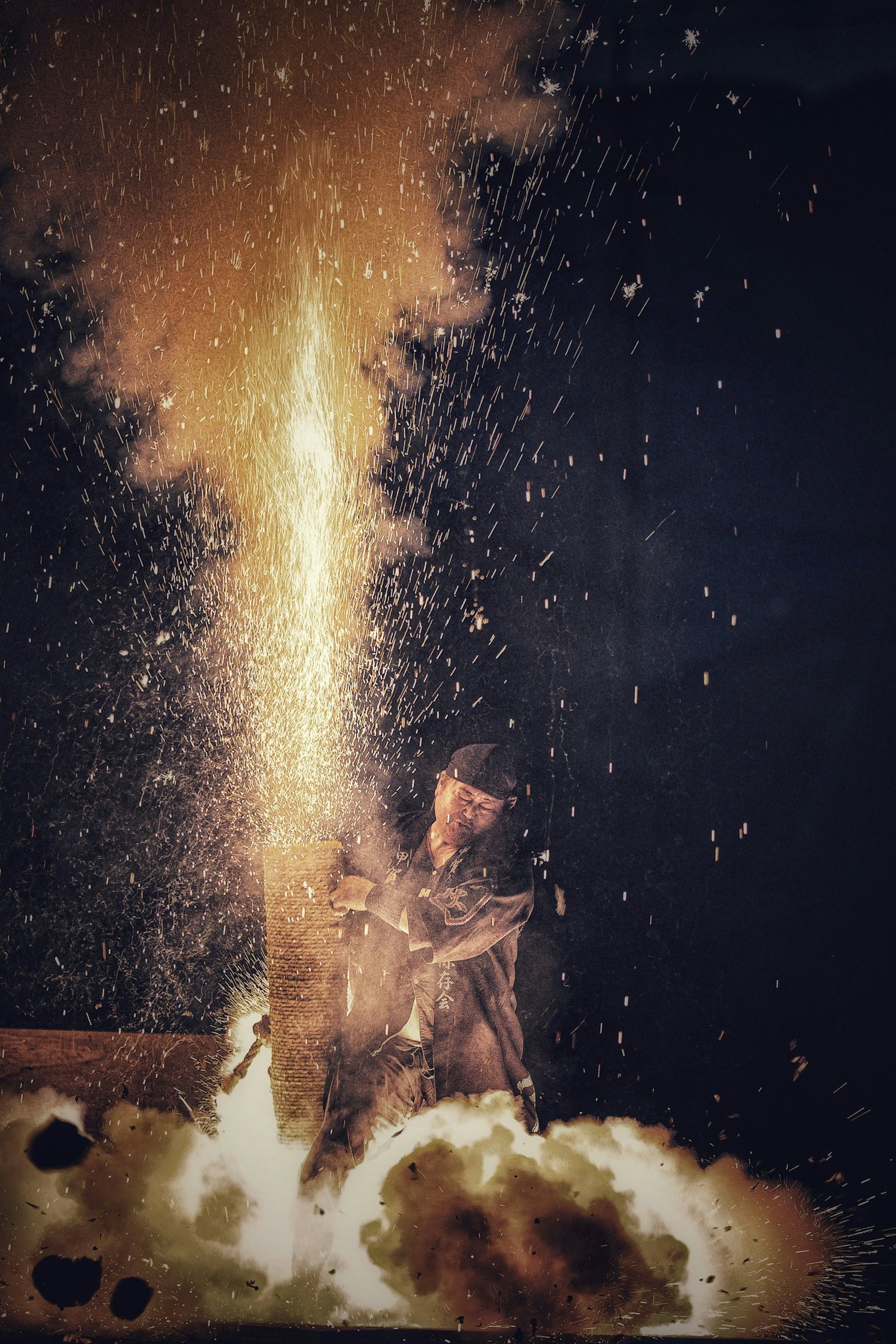
Photo by techi☺︎
The Explosive Sounds Behind Visual Art
Today, electronic flashes are taken for granted. However, their origins can be traced back to flash powder, which utilized chemical reactions similar to gunpowder to produce light.
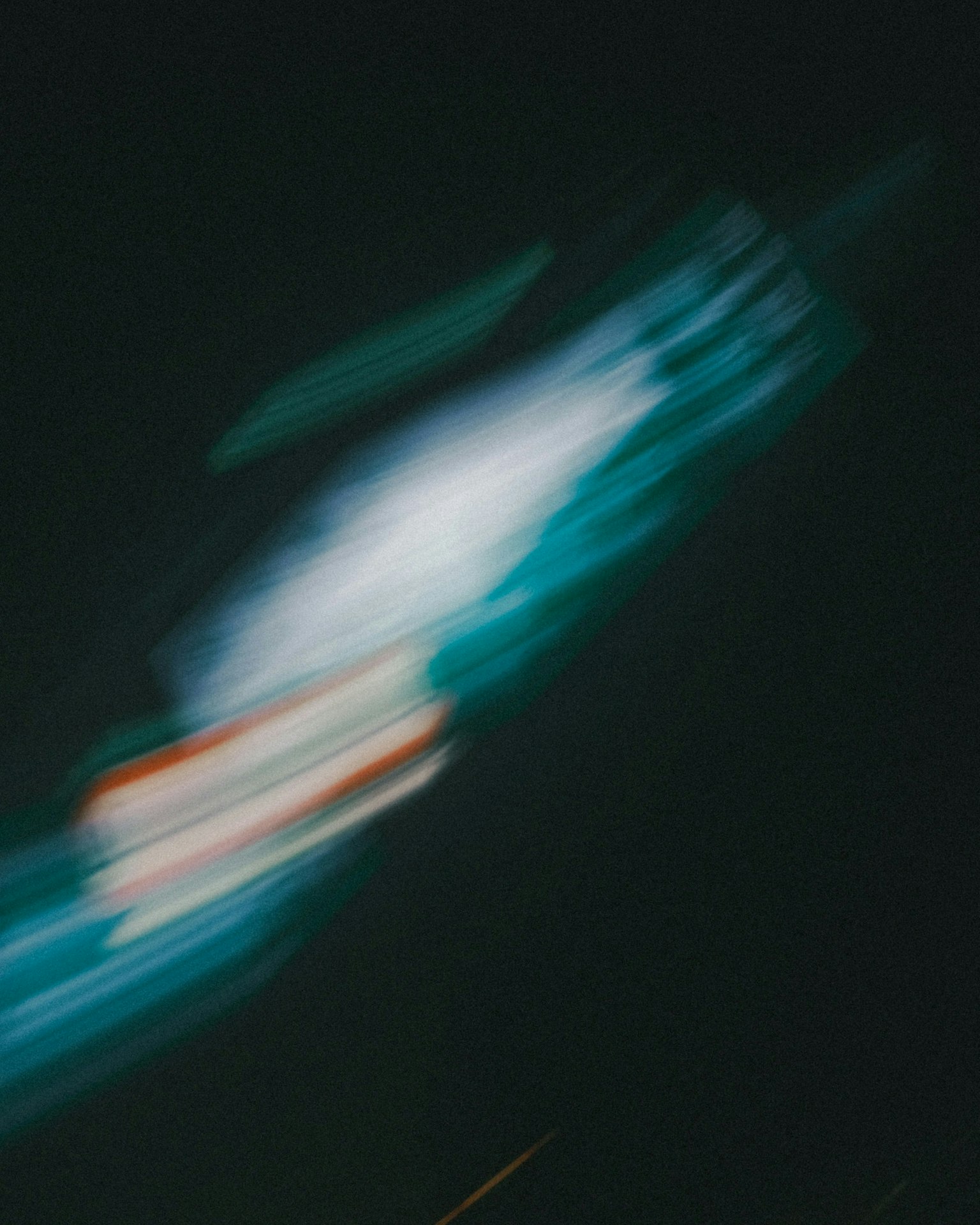
Photo by calm…
In the late 19th and early 20th centuries, photography relied on burning magnesium powder or sodium nitrate to produce intense light. The process involved sparks, explosions, smoke, and debris, making it a true 'art of gunpowder.'
Flashbulbs: A Single Burst of Brightness
Introduced in the 1930s, flashbulbs used electricity to ignite enclosed metal, eliminating the hassle of manual ignition. Models like the M-class and FP-class were even used for nighttime and underwater photography, with some achieving guide numbers over 200.
Although they were single-use and costly, flashbulbs became a reliable light source that supported the photographic culture of the Showa era.
The Evolution of Light and Lost Memories
Eventually, electronic strobes emerged, becoming mainstream in the 1970s with built-in camera models. These reusable, safe, and lightweight flashes revolutionized photography for both professionals and amateurs.

Photo by まおち
At the same time, the 'lost light' of flash powder and flashbulbs reminds us of the tension and energy of past photography sessions. Perhaps traces of gunpowder still linger in the memories of those times.
